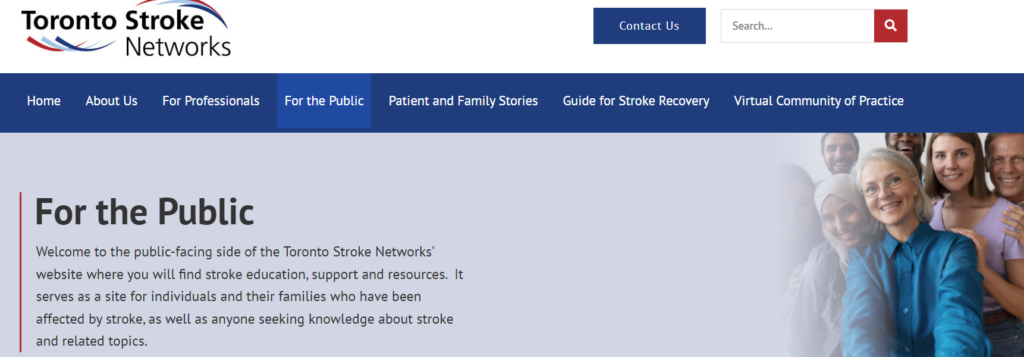
Yes, whenever a person suspected of having a stroke reaches a hospital with stroke care facilities within four and a half hours of the event – that is from the last known normal – he or she should have the clot-busting drug. This is the 2018 recommendation by the American Heart Association/American Stroke Association.
What is this clot-busting drug?
This drug is called “tissue plasminogen activator” (tpa); however, there is a catch: its benefits are time-dependent; earlier the better. Ideally, it should be within the four and a half hours from the “last known normal“. Before administering this medication, they recommend someone to have two tests: a non-contrast CT scan and a random blood glucose test. The CT scan is necessary to determine whether the attack is either due to a blockage to the supply route or due to bleeding. If it is due to bleeding, this drug is not recommended.
This finding was first discovered 24 years before and The New England Journal of Medicine journal published the study in 1995. However, even after this prestigious college’s endorsement, some emergency physicians seem to be reluctant moving forward with the practice. Recently, Gina Kolata elaborated experts’ arguments for and against this practice in an article written to The New York Times.


